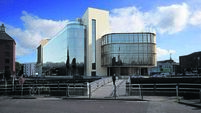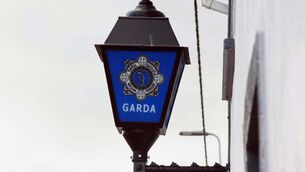Walton Institute honours Waterford Nobel laureate
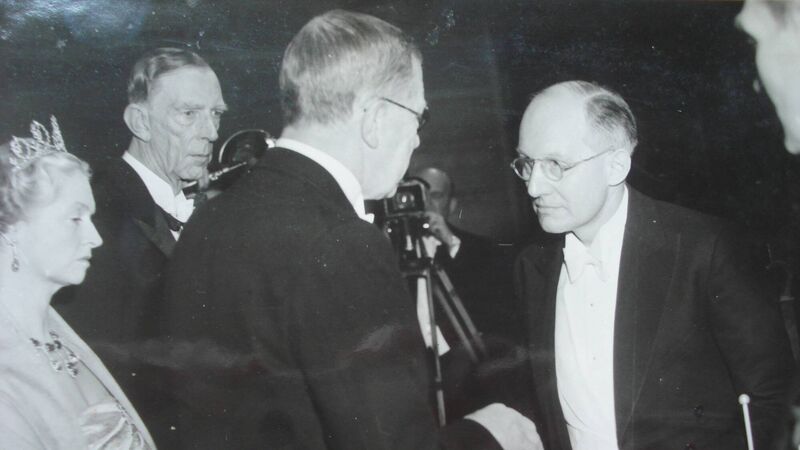
Ernest Walton being awarded the Nobel Prize in Physics in 1951 for being the first to split the atom artificially.
A Waterford-born Nobel laureate has been honoured in the county with the founding of the new Walton Institute.
The first of its kind in the South East, it is named after renowned physicist Dr Ernest Walton, born in Dungarvan, who was jointly awarded the Nobel Prize in Physics in 1951 for being the first to split the atom artificially.
The institute was formerly a research group and known as TSSG but its new status comes after “a three-year-long application process and hundreds of pages of forms”, according to its co-director Kevin Doolin.
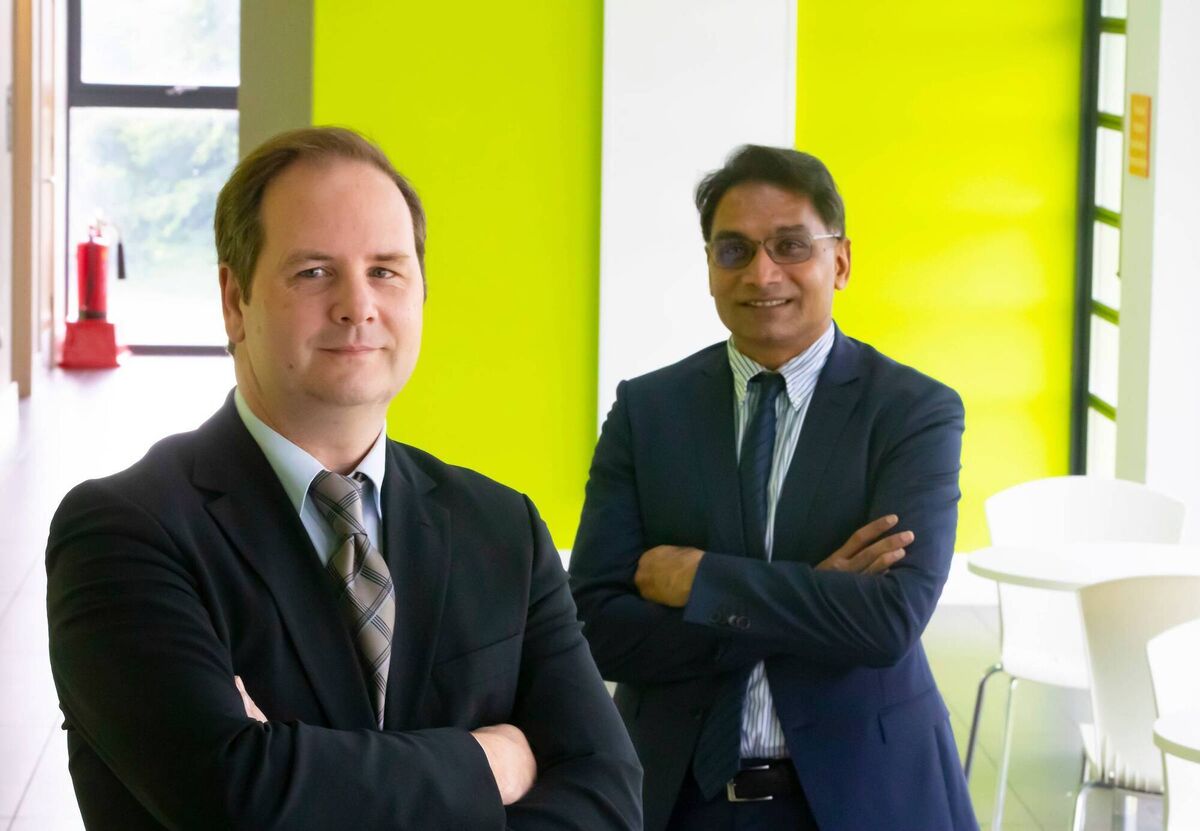
“Cutting-edge research is at the heart of everything we do,” he said, while his fellow director Dr Sasitharan Balasubramaniam said institute status will help support its 80-strong staff in its future research and attract foreign direct investment while remaining part of Waterford Institute of Technology.
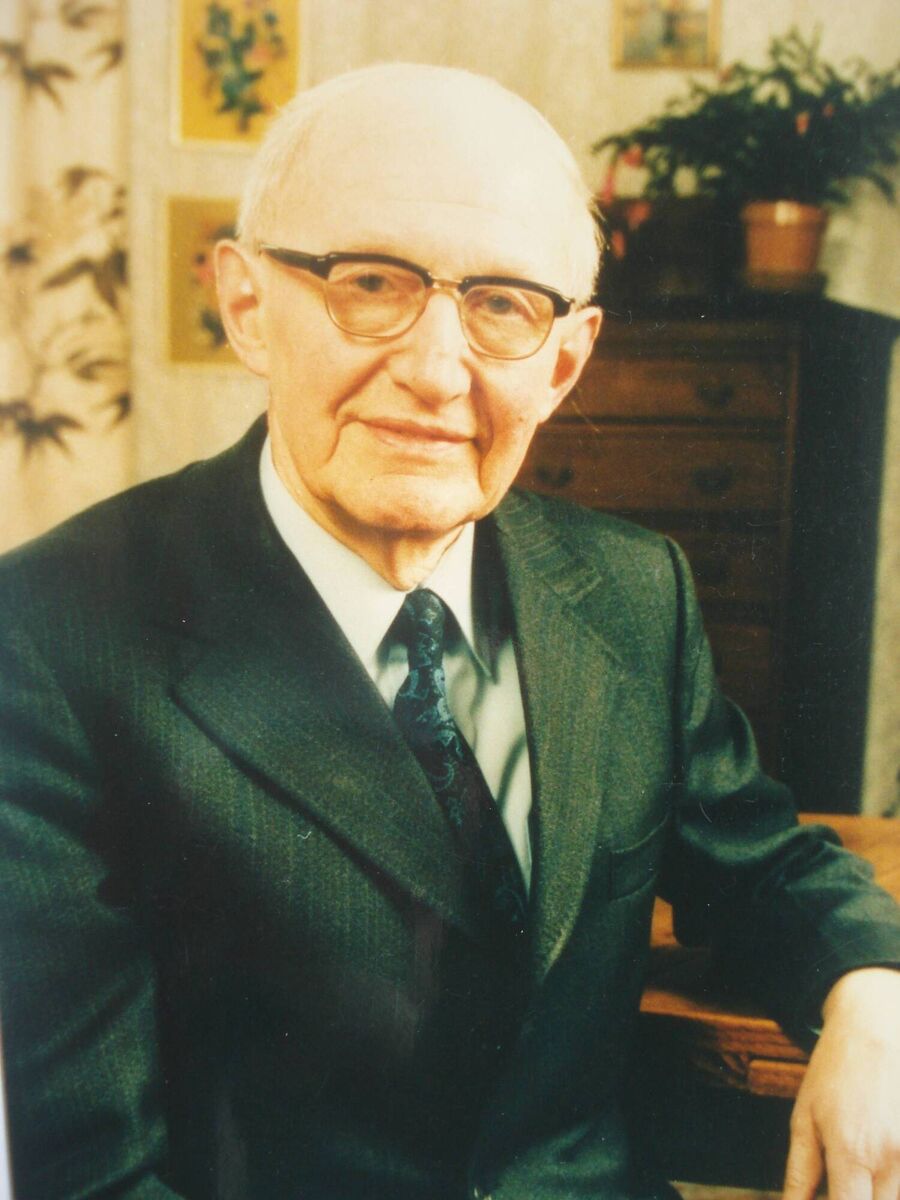
"Evolving from TSSG, the Walton Institute will focus on redefining multi-disciplinary ICT research that can result in a major impact for society while encouraging a unique environment that will support researchers who want to pursue ground-breaking research.”
Founded a quarter of a century ago as TSSG, the researchers have worked on projects totalling €500m in that time and are involved in 30 to 40 projects across Europe currently in the areas of healthcare, intelligent transport systems, environmental protection, and agri tech.
“I sometimes think we’re better known in Europe than we are in Ireland,” joked Mr Doolin, “so hopefully the new name and status will make the achievements here a bit better known.”
Dr Walton is already recognised in Dungarvan, where a plaque in the shape of atom is carved into the concrete of Grattan Square.
Marian Woods, a daughter of Dr Walton, told the that her father had “an inquiring mind”, and his family are honoured to see “his contribution recognised” to the field he loved in Waterford.
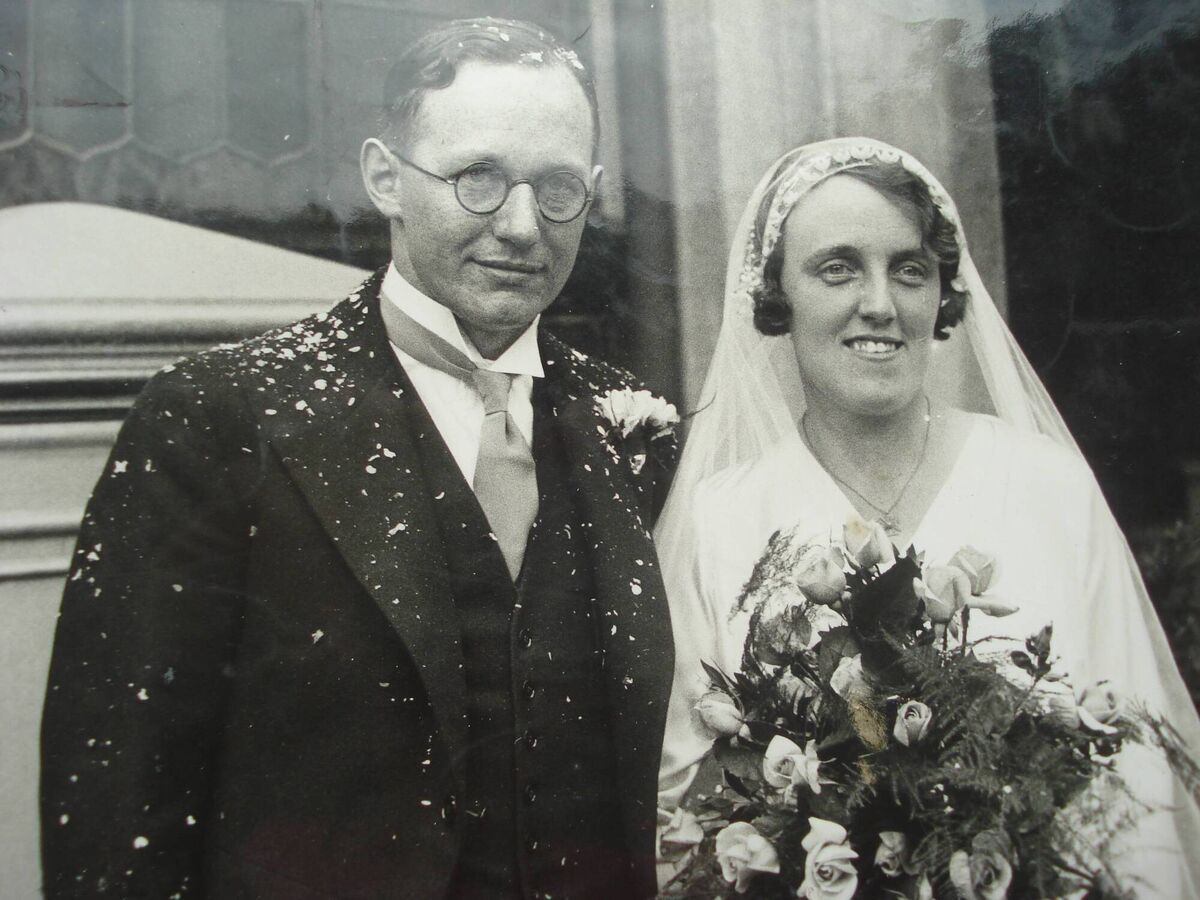
While carrying out the research work at Cambridge in the early 1930s, Dr Walton was “sworn to secrecy” by his colleague John Cockroft, said Ms Woods, but he still “wrote a letter ten pages in length” to Freda Wilson, a teacher in Waterford who he later married.
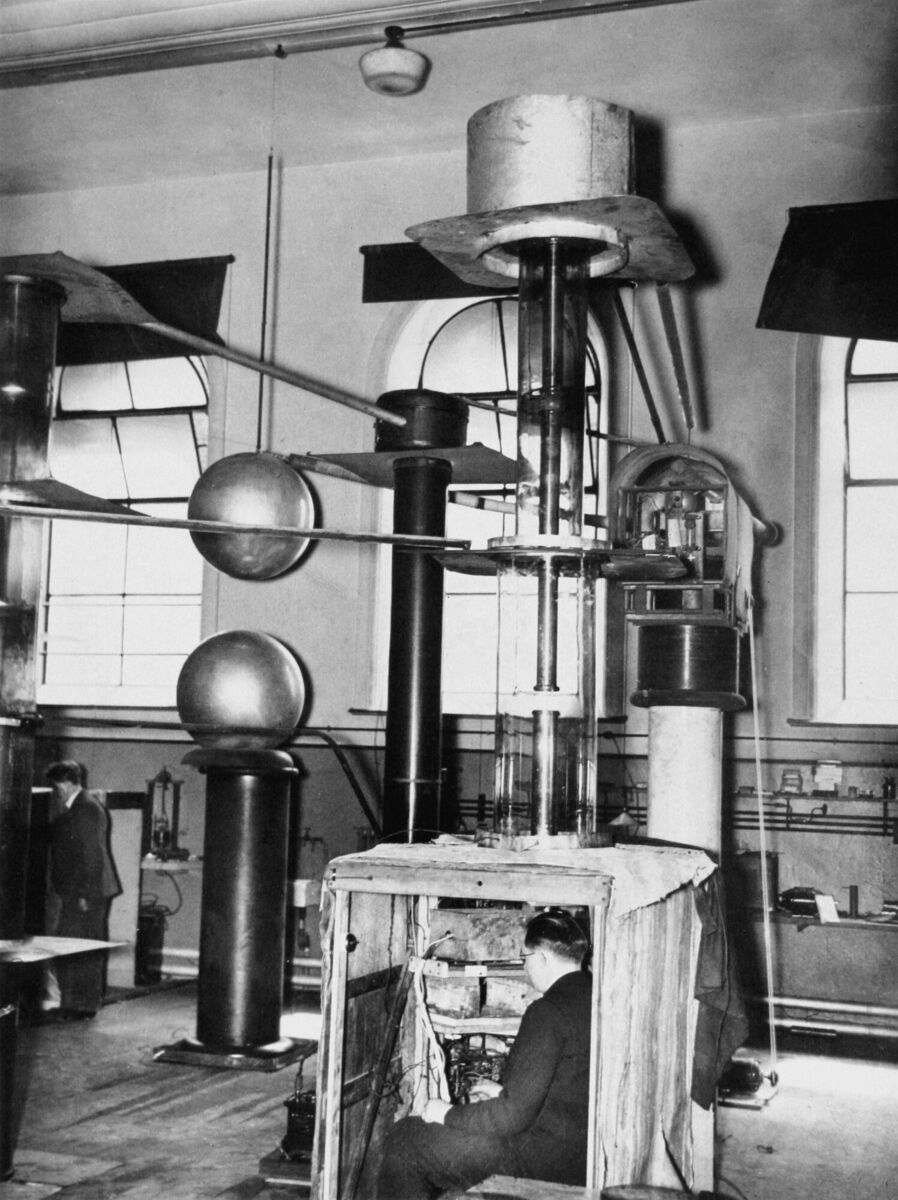
“Many, many times over he had to dismantle and rebuild the apparatus but he had the perseverance and determination to keep on going. He was the sort of person that didn’t give up — but of course he was just a father to us.”
Minister for Higher Education Simon Harris, who addressed a virtual ceremony marking the new status for the researchers, said: “Reaching out internationally from deeply imbedded regional roots allows us to share and draw international education and research best-practice practices directly back into the regions."




